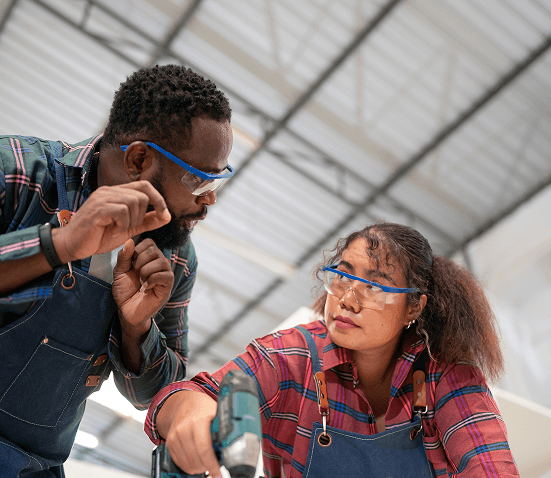Are you looking to study a vocational or technical program in the U.S.? The M-1 visa might be your path to success. The M-1 visa is designed specifically for international students who want to pursue non-academic or vocational training at U.S. institutions.

The M-1 visa is a nonimmigrant student visa for individuals enrolled in vocational or technical programs in the United States. Unlike the F-1 visa, which is intended for academic studies, the M-1 visa is tailored for hands-on training and education in fields like mechanical studies, culinary arts, cosmetology, and other skilled trades.
Follow these steps to successfully apply for an M-1 visa:
First, apply and gain admission to an SEVP-certified vocational or technical school in the U.S. Upon acceptance, you will receive Form I-20 (Certificate of Eligibility for Nonimmigrant Student Status).
Pay the SEVIS I-901 fee online. Keep the confirmation, as you'll need it for your visa interview.
Fill out Form DS-160, the Online Nonimmigrant Visa Application. Upload a passport-size photo and print the confirmation page.
Book your interview at a U.S. embassy or consulate. Bring:
If approved, your M-1 visa will be stamped in your passport. You can then enter the U.S. up to 30 days before your program start date.

There are two main types of student visas:
Type of Study:
Vocational or technical programs only.
Work Authorization:
Very limited—only allowed for practical training after the program ends.
Change of Status:
More restricted; fewer options to switch to another visa type.
Visa Duration:
Valid for the length of the program plus 30 days.
Type of Study:
Academic programs (K-12, high school, college, university).
Work Authorization:
Allows on-campus work and limited off-campus opportunities (e.g., CPT and OPT).
Change of Status:
More flexible; easier to switch to other visa types or extend status.
Visa Duration:
Duration of status (D/S)—allows students to stay as long as they maintain full-time enrollment and follow rules.
To qualify for an M-1 visa, you must:
The M-1 visa comes with specific rules:
Your stay in the U.S. on an M-1 visa includes:
To extend your M-1 status:
Yes, your spouse and unmarried children under 21 can accompany you under M-2 status. However, M-2 dependents:
To bring your family, you'll need to provide additional documentation during your visa application process, including: